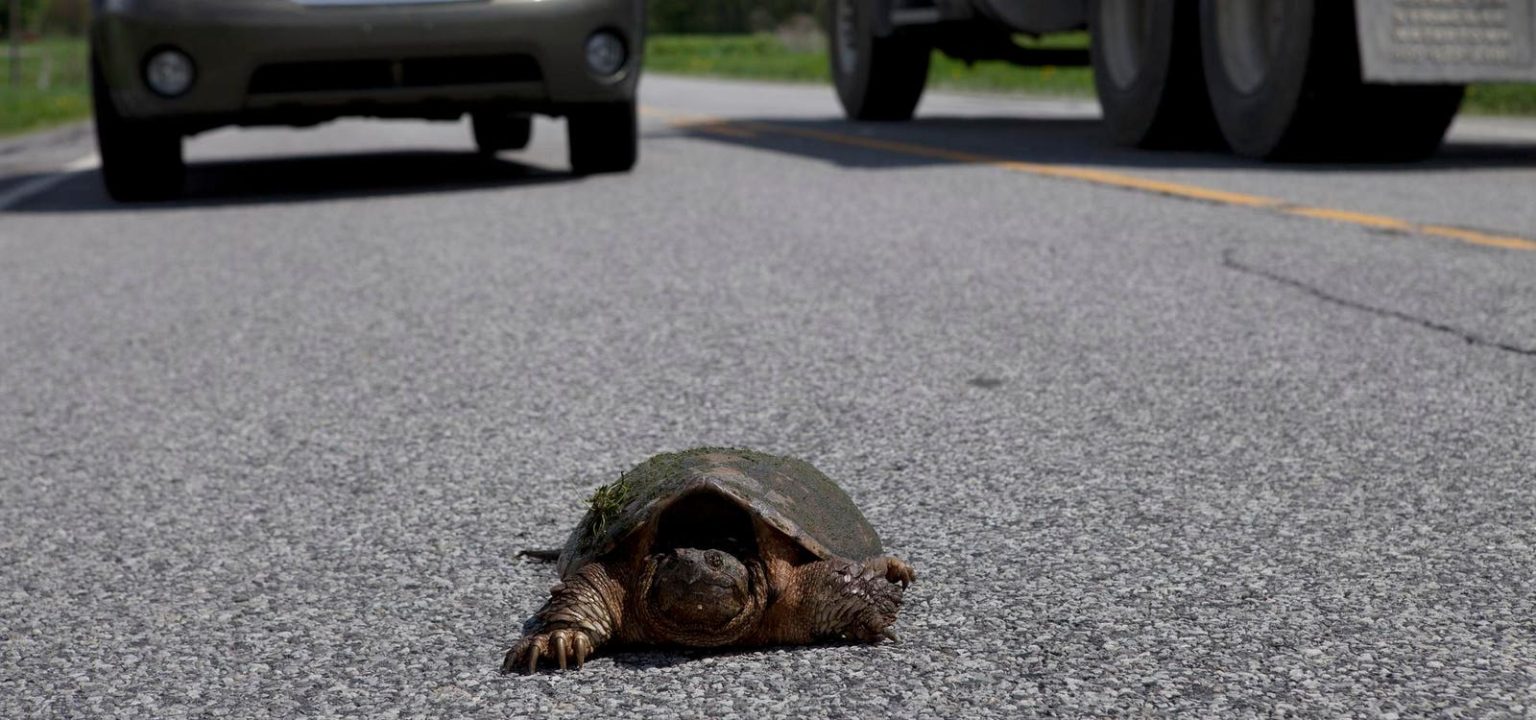Researchers from the University of Waterloo have been actively working on conservation efforts for endangered turtle species in Ontario, particularly in the Georgian Bay area. With eight species of turtles considered at risk in the province, habitat loss and fragmentation due to urbanization pose significant threats to their survival. Turtles are often forced to navigate through hostile environments, leading to high mortality rates. However, Georgian Bay has emerged as a relatively safe haven for these endangered turtles amid the growing urban landscape.
Recognizing the need for intervention in preserving turtle populations, researchers have developed and tested innovative habitat designs in Georgian Bay since 2019. These human nest designs aim to mimic natural nesting conditions for turtles, providing sandy or soft-soiled areas where they can lay their eggs safely away from water predators. Using locally sourced materials like moss and lichen, the habitats retain moisture and maintain stable temperatures for egg incubation. Additionally, strategically placed habitats reduce the need for turtles to embark on long, dangerous journeys, thus increasing the chances of survival for both eggs and mother turtles.
The results of the five-year initiative have been promising, with a significant increase in the hatching success rate for turtle eggs around Georgian Bay. Historically, the probability of eggs successfully hatching in rocky terrains was as low as 10%, but with the introduction of specially designed habitats, this number has risen to an impressive 41%. Not only do these habitats improve hatching rates, but they also play a crucial role in addressing temperature-dependent sex determination in turtle hatchlings. By creating a warmer microenvironment, the habitats have been able to skew the sex ratio towards more female hatchlings, enhancing the recovery and stability of endangered turtle species in critical areas like Georgian Bay.
Furthermore, the use of natural materials in constructing these habitats minimizes the environmental impact and aligns with principles of ecological conservation. The abundant moss and lichen found in the Canadian Shield decompose naturally, leaving no permanent footprint on the landscape. This approach not only benefits turtle populations but also promotes coexistence and harmony with nature. The success of this conservation initiative in Georgian Bay serves as a model that can be replicated in similar rocky terrains across Canada, the United States, and beyond.
Through ingenuity, research, and technology, it is possible to enhance habitats for endangered species and mitigate the negative impacts of urbanization on wildlife. The preservation and propagation of turtle populations in areas like Georgian Bay are crucial for biodiversity and ecosystem health. As urban areas continue to expand, it is essential to prioritize conservation efforts and create sustainable solutions to ensure the coexistence of humans and wildlife. This pioneering conservation initiative highlights the importance of proactive conservation measures in safeguarding endangered species and preserving the natural environment for future generations.













